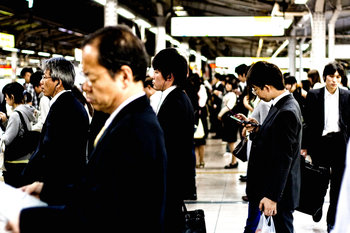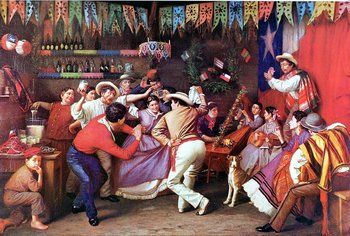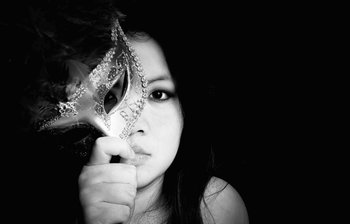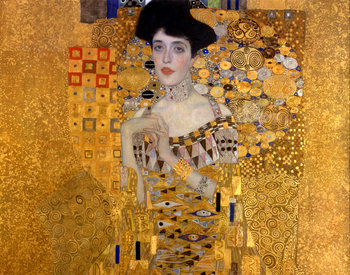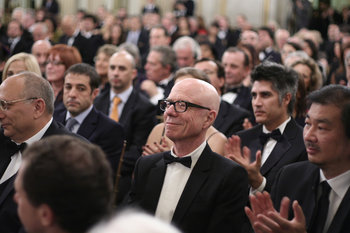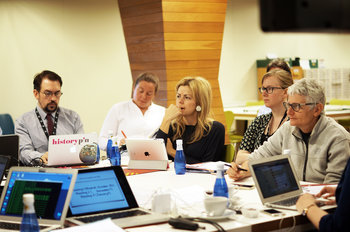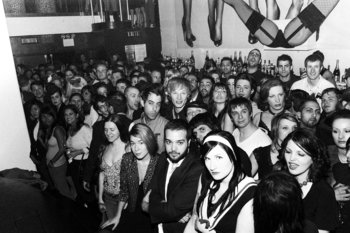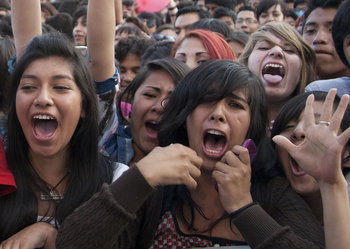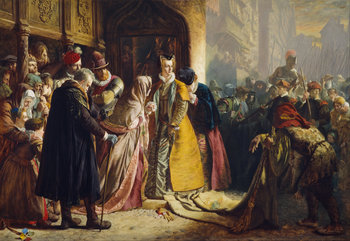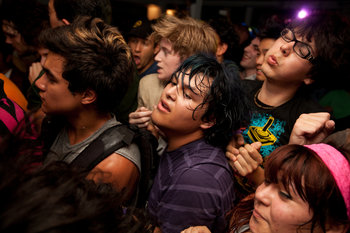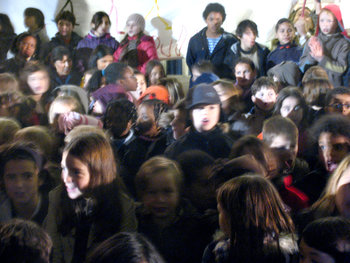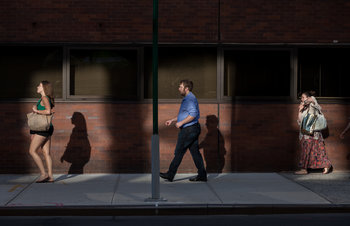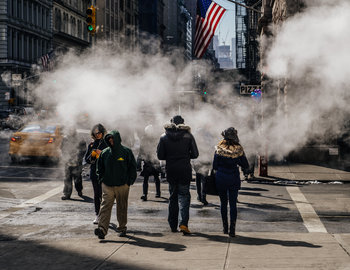Poverty
Poverty is income below that required for basic quality of life. This means that families lack necessities in areas such as water, food, clothing, housing, education and healthcare. The poor may work but are unable to earn enough to secure these necessities where they live. The amount of income considered poverty differs by the cost of living in a nation or city.Working Class
The working class earn enough to achieve a basic quality of life but have little or no discretionary income. This means that they can't save and are at risk of poverty due to sudden costs or income loss due to illness, injury or age.Middle Class
The middle class generate discretionary income with their labor. This allows for saving and upgrades in quality of life. The middle class often purchase various types of insurance and may have employment benefits that reduce the risk of poverty. The middle class invest, start businesses and are active consumers such that they generate significant amounts of economic activity. A large and thriving middle class is the defining characteristic of a developed country.Upper Middle Class
The upper middle class own enough capital that they don't need to work to achieve a basic quality of life. In other words, they have enough wealth that they could live off savings and investments for an entire generation. This doesn't mean that the upper middle class don't work. In many cases, this class is highly educated with significant cultural capital such that they can find high paying and/or personally rewarding jobs.Upper Class
The upper class control large amounts of capital such that they can live in luxury and exercise significant influence over a society. Most nations, both developed and developing have an upper class that has been created through either entrepreneurship or rent seeking.| Overview: Standard Of Living | ||
Type | ||
Definition | The level of material comfort of a population. | |
Measurement (Nations) | GDP per Capita% Poverty Rate% Middle Class | |
Measurement (Families) | ||
Related Concepts | ||


